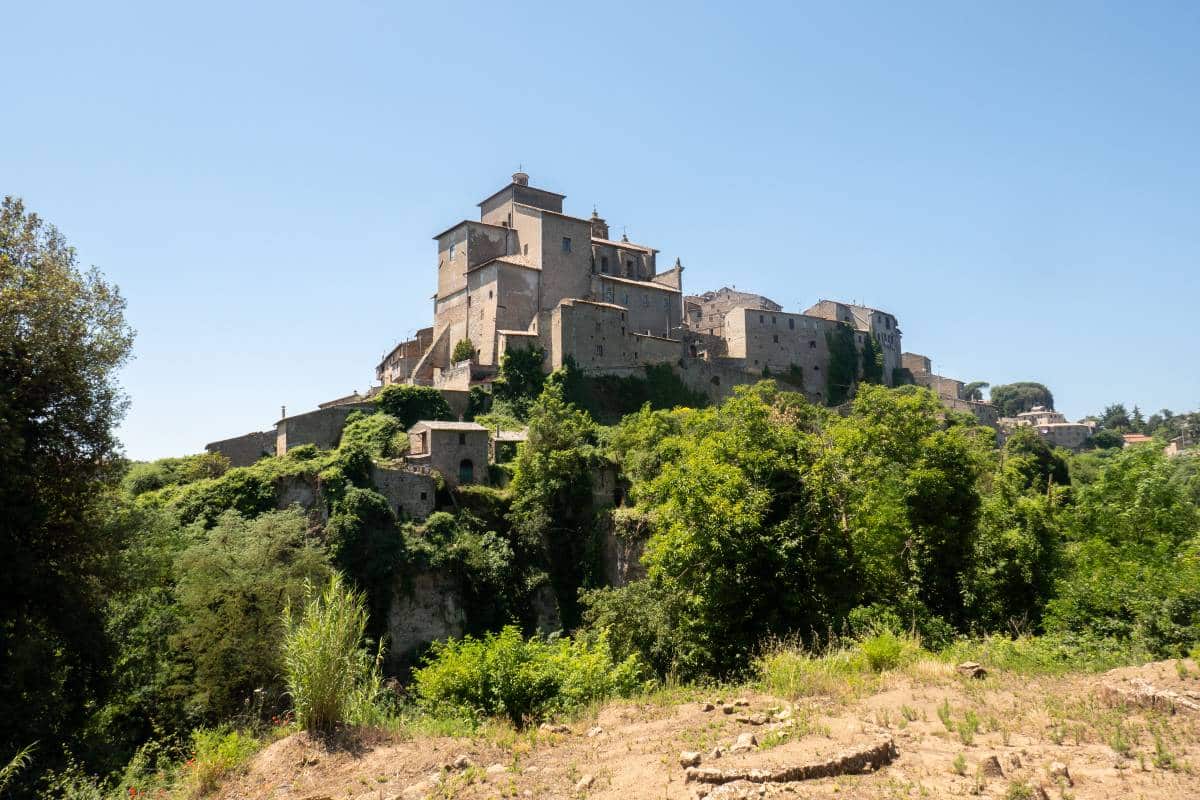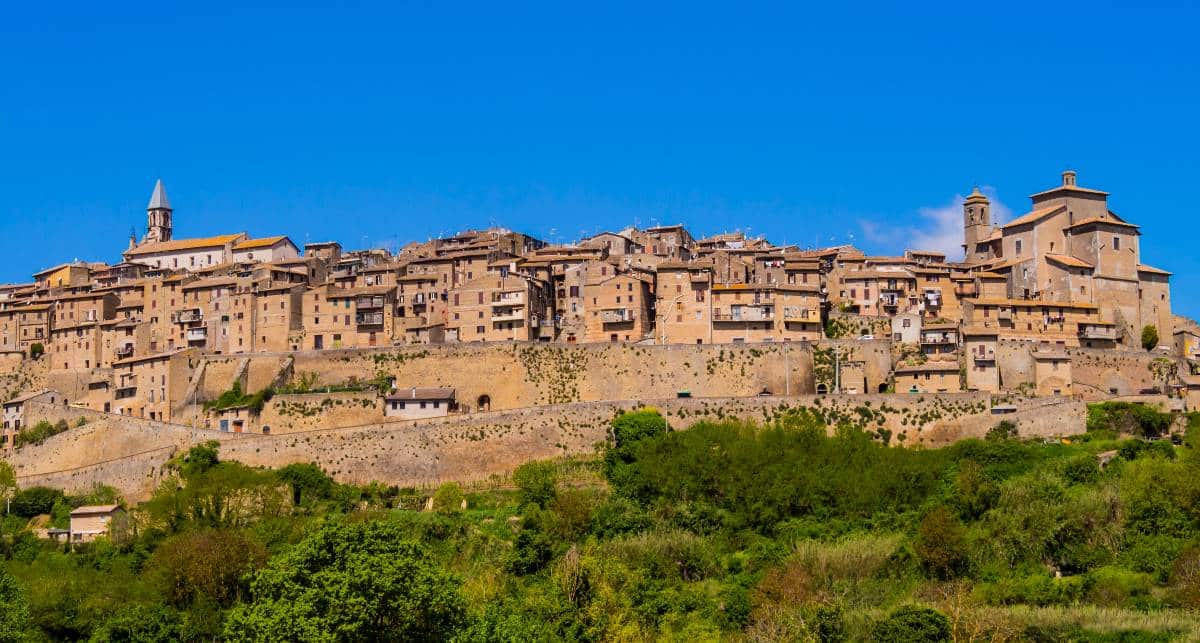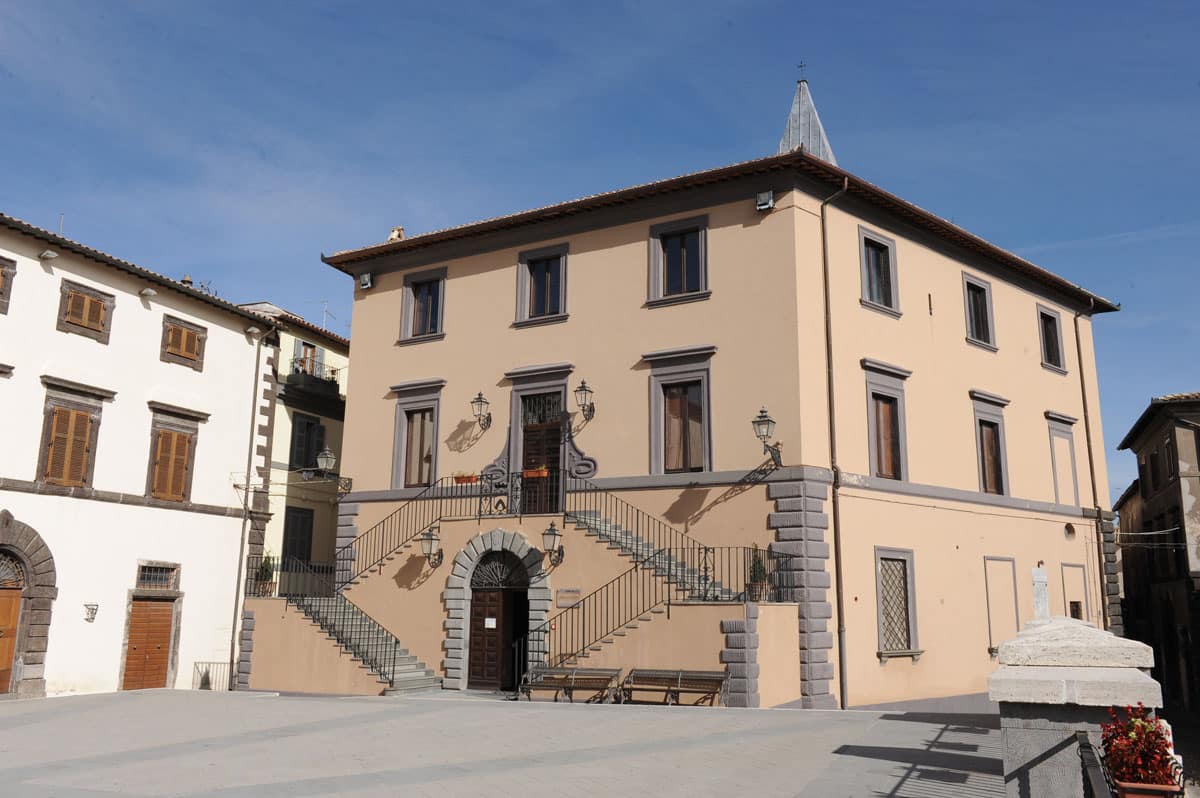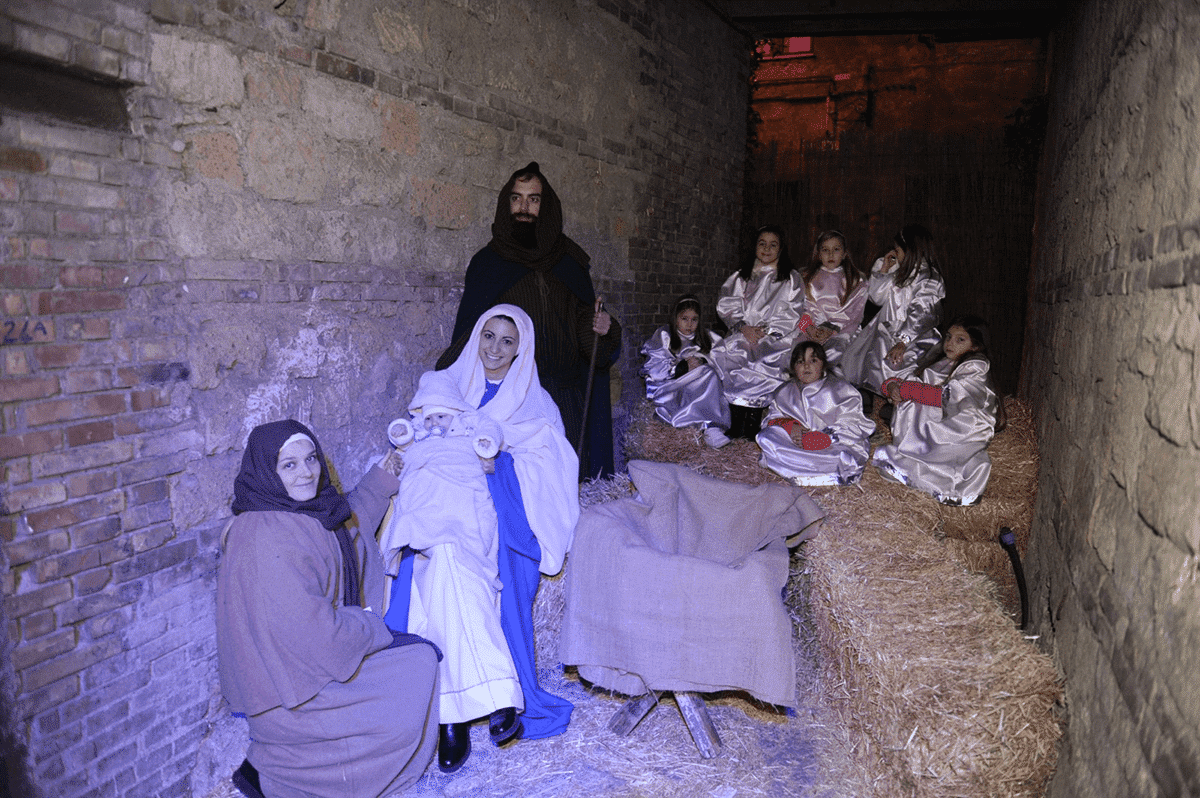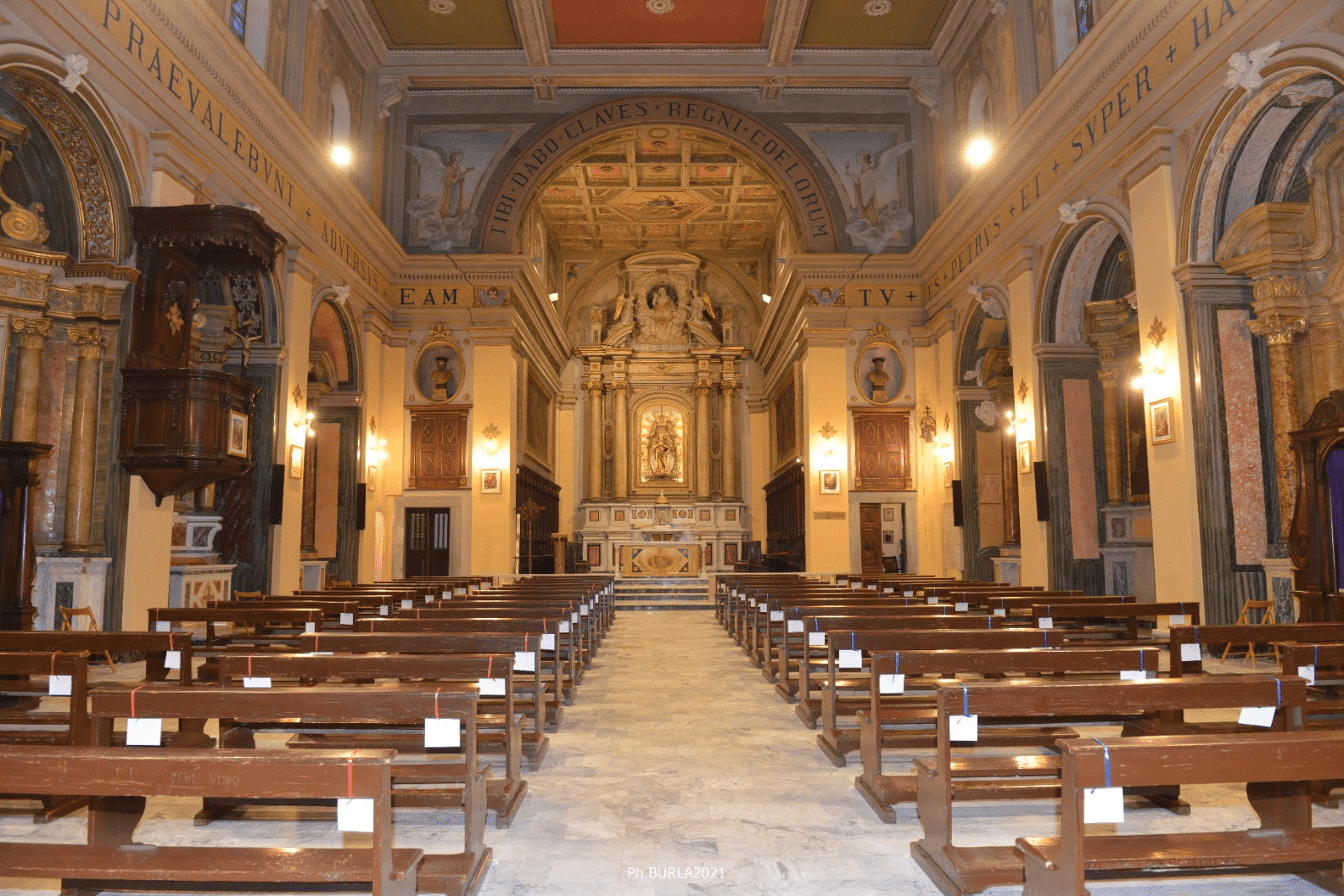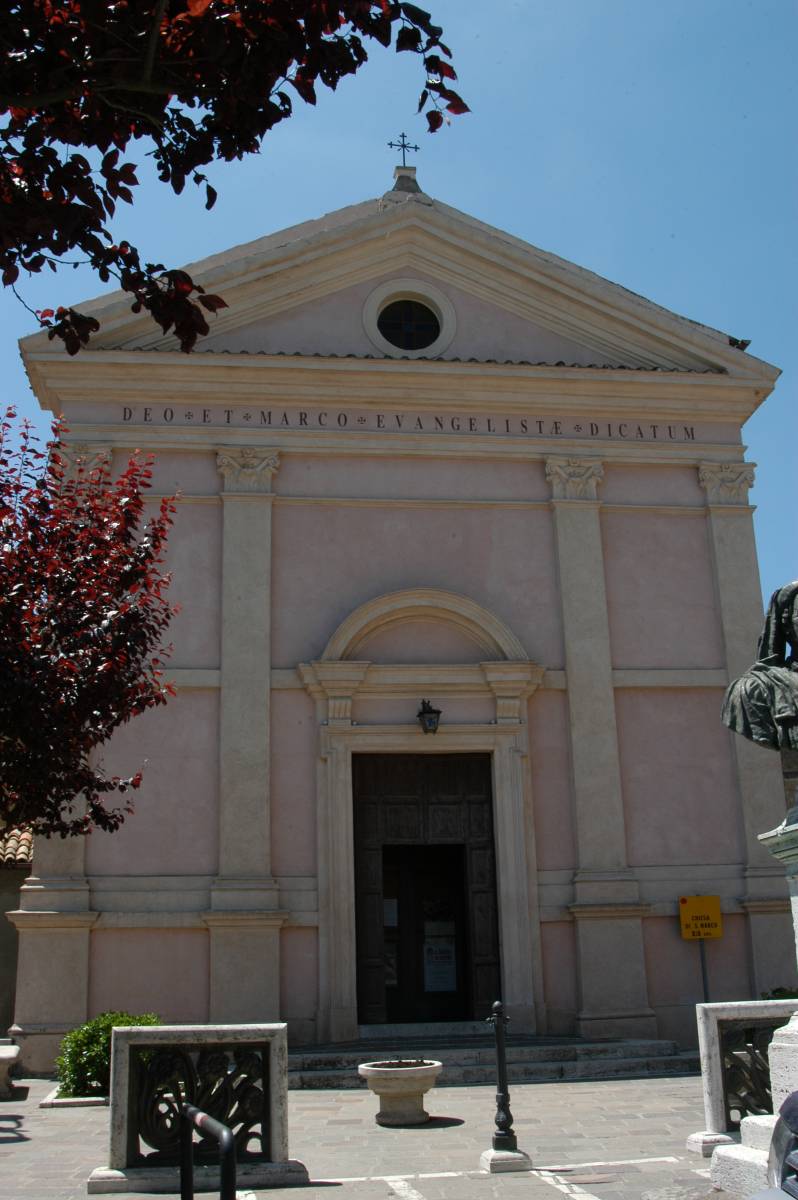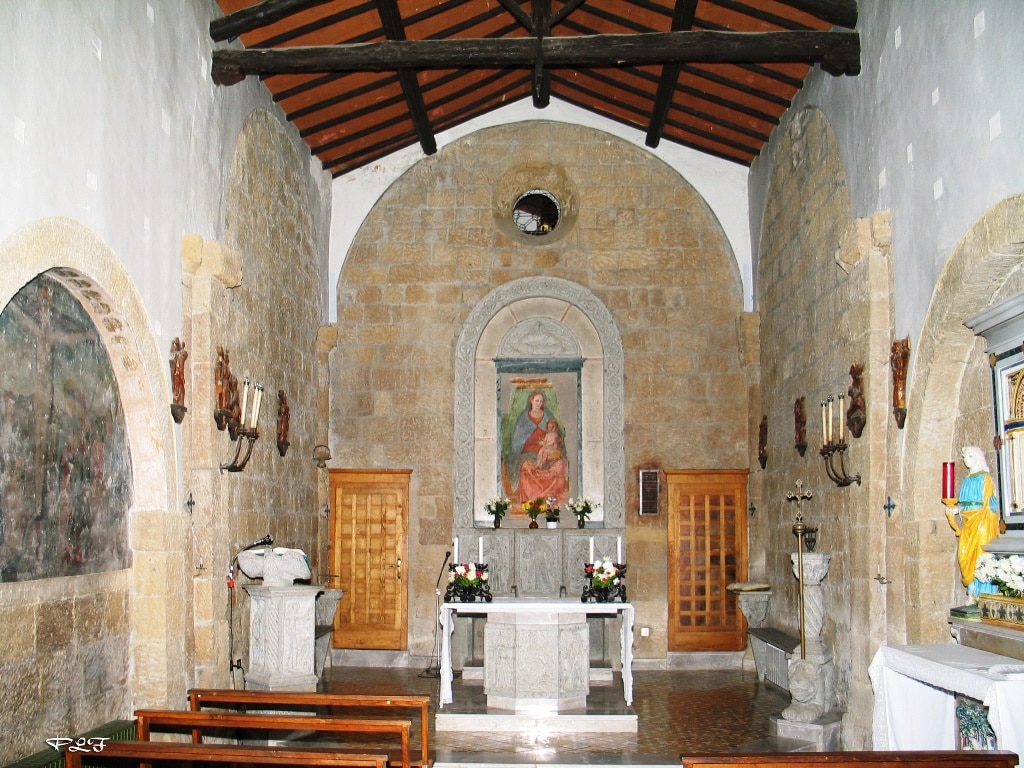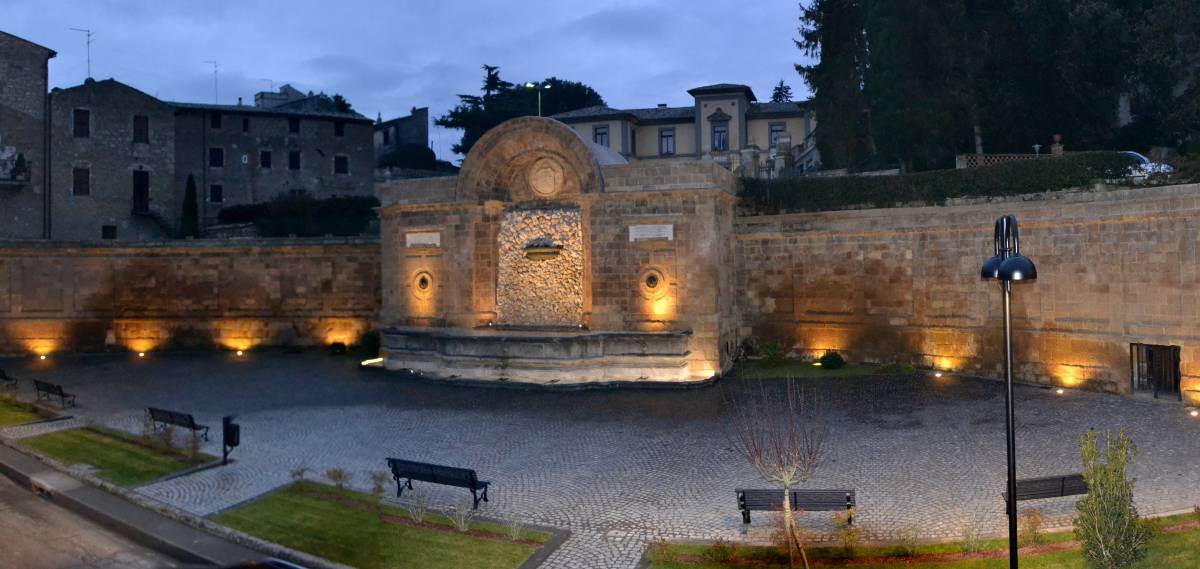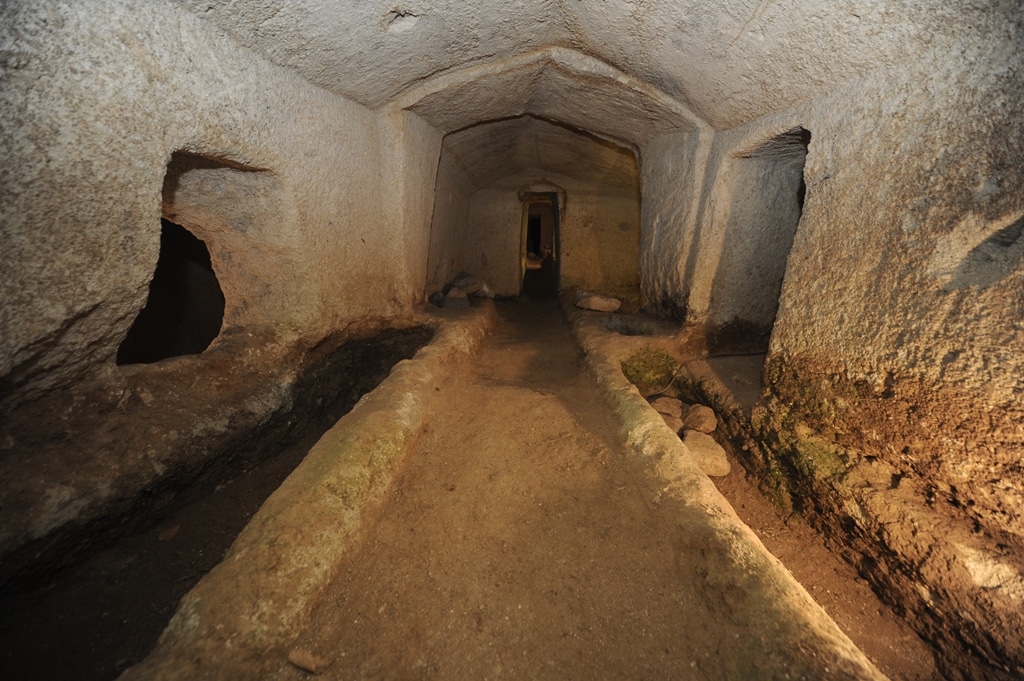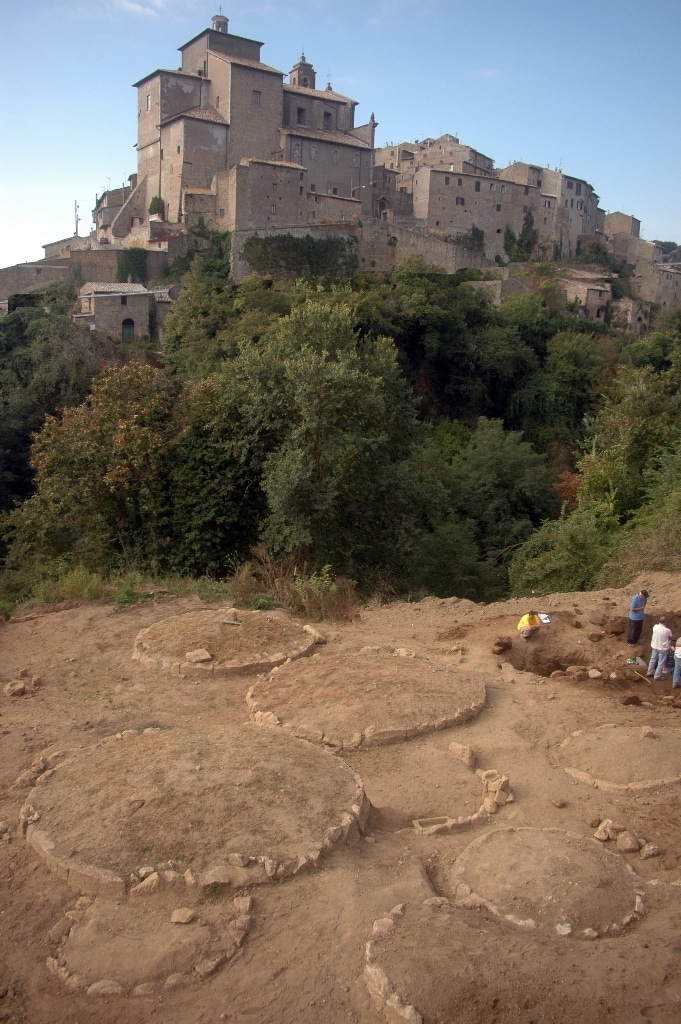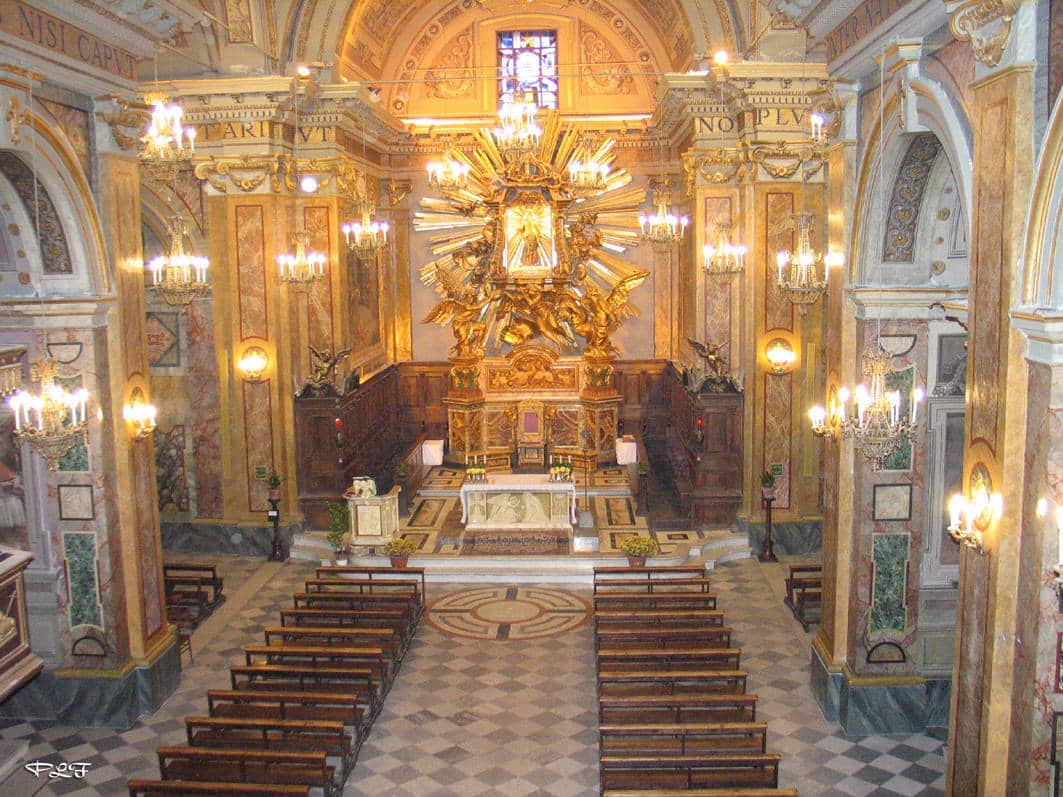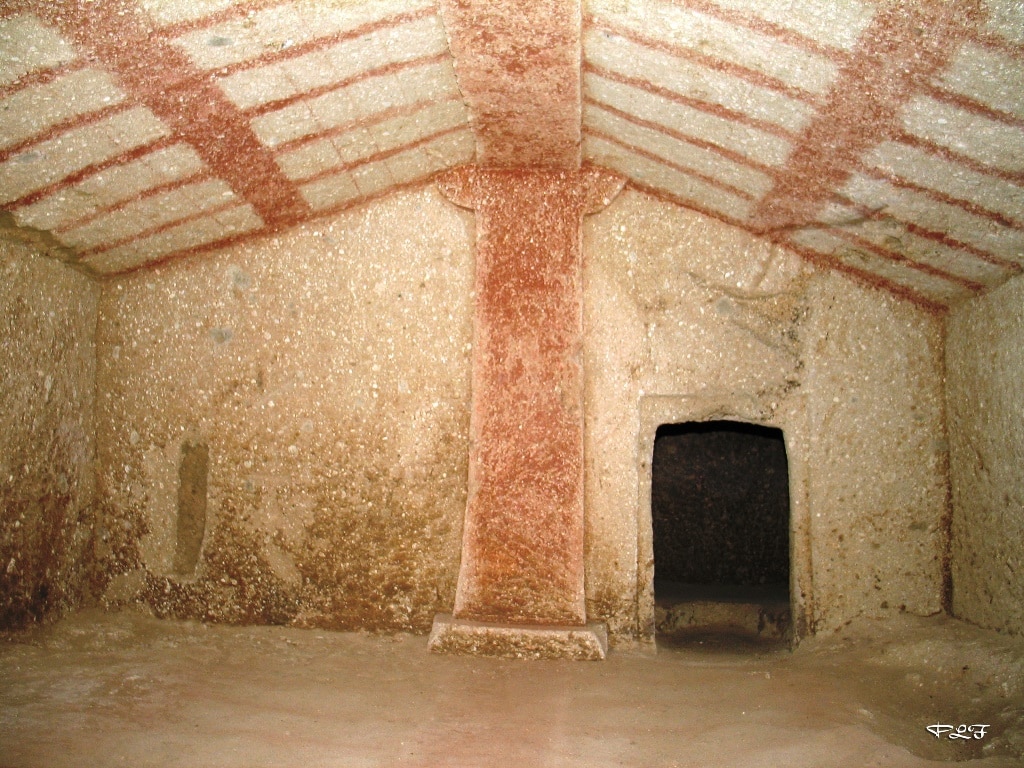Grotte di Castro and the Etruscan necropolis
The area surrounding Grotte di Castro is rich in Etruscan necropolis. The closest to the center is the one called "Centocamere" and is known for the presence of burials connected by holes and narrow tunnels, a rather rare structure. Another one is located a few kilometers from the town and is the "Necropolis of Pianezze a group of tombs dating back to a period between the 7th and 6th centuries BC. The necropolis features chamber tombs, intended to house entire families.
Within the necropolis is the so-called "Red Tomb" attributable to the late 6th century B.C.E., so called because it has architectural details carved and painted red.
The artifacts found inside the tombs are collected in the "Civita Museum" in Grotte di Castro.
Witness the culture of the Middle Ages
Within the village is the Basilica of Maria SS. del Suffragio, which was built in the Baroque style in 1625 over the remains of an 8th-century church dedicated to St. John the Baptist. Inside the church is preserved the precious statue of Our Lady of Suffrage, to whom the inhabitants are particularly devoted. The town was part of the territory of the Papal State because in 1077 Countess Matilda of Canossa, owner of the village donated Grotte di Castro and other of her possessions to the Pope.
The historic center of the village, therefore, is rich in religious buildings that testify to its role as a religious symbol in the Middle Ages. Therefore, the Church of St. Peter the Apostle built at the behest of Matilda of Canossa as an act of devotion to the Pope was joined by the Church of St. John, the Church of St. Mark and the Church of St. Mary of the Columns, which constitute a significant artistic heritage.
Some of the civic buildings are particularly interesting, among them the Palazzo Comunale (now home to the Civita Museum) built in the 16th century and renovated following an earthquake event by architect Jacopo Barozzi da Vignola, known for overseeing the construction of St. Peter's Basilica in Rome after Michelangelo's death. The palace was damaged by two earthquakes, so the only elements that can be traced back to the original structure are the external portal and five windows on the second floor, while inside there is a peculiar stone spiral staircase and an important fireplace from the palace of Innocenzo Iuzzi, which are very well worked.
In the heart of the historic center, on the other hand, there is a more recent work of the town's history, in fact, "Fontana Grande" has been placed in Cardinal Carlo Salotti Square. This is a work of hydraulic engineering built in 1886 when Grotte di Castro was connected to an aqueduct that served the territory ensuring all the inhabitants of the village drinking water.


